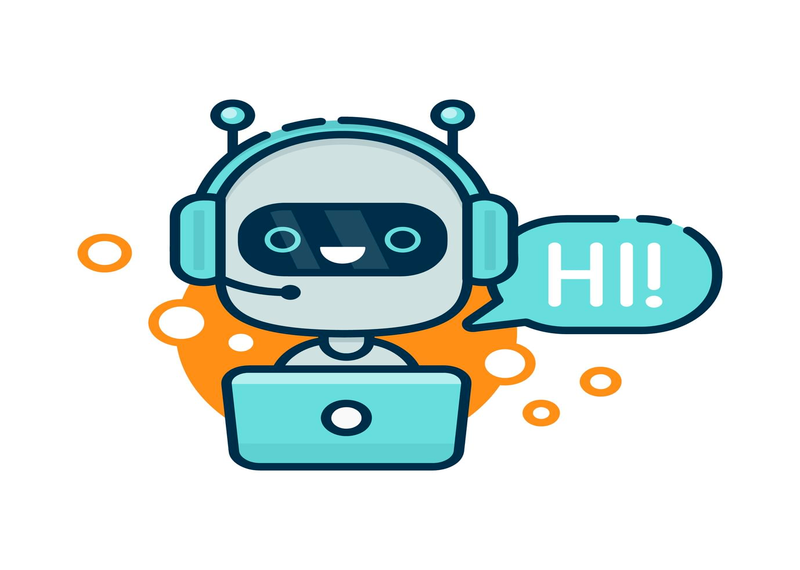What to consider when you implement chatbot?

Chatbots are now being used by large, medium and small organisations to streamline business workflows and reduce customer service costs. Chatbots provide seamless self-service options for your customers and employees. They help IT support, HR and customer service teams focus on productive activities and reduce the time and effort associated with mundane tasks.
Any technology is only as good as the extent to which it is implemented and used within the organisation.
Implementing and deploying enterprise chatbots also comes with some challenges. Without a solid bot strategy and an understanding of some key governance, privacy and security considerations, organisations will not get the most out of their chatbot deployment.
1. Security and privacy
Organisations implementing chatbots need to pay close attention to privacy and security. Ensure that chatbots comply with GDPR or any other industry or site-specific regulations and policies. Providing information to users based on their privilege levels is also essential to ensure privacy. User identity authentication, intent-based authorization, channel authorization, end-to-end encryption and intent-based privacy are some of the ways to enhance chatbot security and privacy.
2. Implementing chatbots without the right expertise can be expensive
Building a homegrown chatbot without prior experience and an understanding of the do's and don'ts can make implementation a poorly managed, disorganised and costly undertaking. In particular, customized chatbots can require a lot of lead time and technological understanding during implementation. Opting for 'off-the-shelf' solutions from experienced chatbot providers is one option.
3. Set the right expectations
Thanks to the hype in the media around artificial intelligence, chatbots are largely seen as a one-stop-shop solution that can only streamline all business operations. But this is not true. It is essential for a service provider to set the right expectations for its customers. Users should be made aware of the capabilities of chatbots before they are deployed. This can be achieved by:
- Recognising the champion user: there may be several user groups or internal departments working with the chatbot or chatbot, but it is key that a champion user from each department is identified and thoroughly trained on the bot.
- Internal marketing. If employees are not familiar with the bot's functionality, there is a high risk of low adoption and thus low project return on investment, or even project failure.
- The right time to go to market: large companies may have thousands of employees spread across several departments in different countries and languages. Considering the needs and nuances of all the business departments and cultures involved can take time. Waiting a long time for a chatbot to be introduced can lead to a loss of enthusiasm.
4. Combining NLP and machine learning
For users to like and accept chatbots, they need to find them useful, likeable and trustworthy. Users should be aware of the chatbot's capabilities. Although bots cannot have fully human-level conversations, they should provide a sense of meaningful interaction and people should be satisfied with text or voice responses. Incorporating NLP and machine learning into bots is essential for an enhanced and personalised user experience.
5. Understand how successful your chatbot is
The user experience with chatbots needs to be measured. You can get feedback from users and ask them about their chatbot experience and understand how the chatbot could be improved, which will help you find out if there are areas for improvement. You can also assign some business KPIs to the chatbot performance. Direct KPIs could be a reduction in customer service or HR or IT costs, a difference in the number of tickets raised, etc. Some indirect KPIs are employee engagement, customer experience and so on.
6. Future-proofing the chatbot
Chatbot technology is evolving at a very fast pace. Ensure that your chatbot is able to leverage all the AI services available today and is scalable to future services. You can achieve this by choosing bot platforms with cognitive abstraction. This abstraction layer also ensures that it is not tied to any specific AI chatbot vendor or product.
7. Improve your chatbot's capabilities with data
The data collected by the chatbot can be used to gain insights from the user, allowing you to understand user needs and continuously improve the chatbot's capabilities. Robust enterprise chatbot platforms are usually equipped with chatbot analytics to harness user data.
8. Human treatment
There are always times when a chatbot simply cannot follow through with a query, so organisations need to ensure that there is always a human on hand to take over the conversation if necessary. Handing over the conversation to a human should be as seamless as possible without compromising the user experience.
9. Overcoming resistance
Many employees may fear that AI and chatbots could pose a threat to their work. Employees need to be educated and reassured that the bot has the ability to relieve them of repetitive work and make them more productive.
10. Ensuring that chatbots fit with the brand identity
Bots should be tailored to fit your brand identity and tone of voice. This also helps to enhance the user experience.
Chatbots are undoubtedly one of the most promising AI technologies for enterprises. However, maximising the value derived from them requires extensive technical and functional expertise and a robust implementation methodology.
